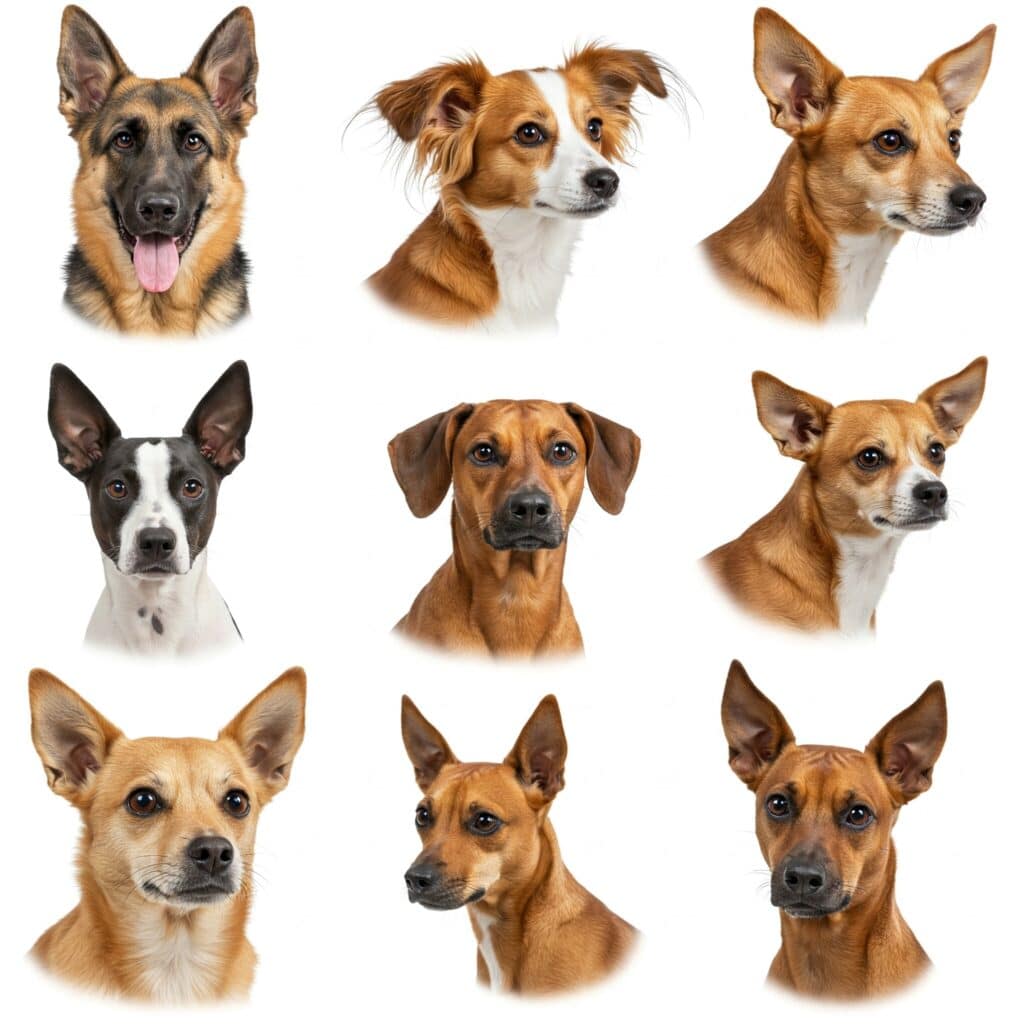Dogs have long been known as man’s best friend, but despite centuries of companionship, our furry friends still communicate in ways that can sometimes be puzzling. Unlike humans, who rely heavily on spoken words to convey thoughts, emotions, and intentions, dogs use their bodies to communicate their feelings. Understanding dog body language is essential for building a deeper bond with your pet and ensuring their well-being.
In this article, we will explore the different aspects of dog body language, from their tails to their ears and posture. By learning the subtle signs your dog is giving you, you’ll be better equipped to understand what they’re trying to tell you.
The Importance of Body Language in Dogs
While dogs can certainly vocalize their emotions—barking, whining, growling, and more—the majority of their communication occurs through body movements. This non-verbal communication is instinctual and, in many cases, much more nuanced than the simple sounds they make. Every movement, whether it’s a tail wag or the way they position their body, holds meaning. Understanding these signals allows us to respond to our pets in ways that are both comforting and appropriate for the situation.
Key Elements of Dog Body Language
To get a clearer picture of how dogs communicate through their bodies, let’s break down some of the key elements:
- Tail Movements

The tail is one of the most expressive parts of a dog’s body. Dogs use their tails to show excitement, fear, anxiety, and even to establish dominance. The position and speed of a tail wag can convey different emotions.
2. Ear Position

Dogs’ ears are incredibly expressive. They can convey a wide range of emotions based on their position and movement. Pay attention to the direction of your dog’s ears to understand their mood:
- Erect Ears: When a dog’s ears are fully upright and pointed forward, it typically indicates alertness or interest in something. They are paying attention and actively engaging with their environment.
- Flat or Drooping Ears: If a dog’s ears are pinned back against their head, this can signal anxiety, fear, or submission. However, if their ears are naturally drooping without tension, it might simply indicate a relaxed state.
- Relaxed Ears: Dogs that are calm and content often have their ears in a neutral, relaxed position. They may not be pointing in any specific direction and may be slightly tilted to the side.
3. Facial Expressions

While dogs can’t smile or frown in the same way humans do, they do have a variety of facial expressions that help convey their emotions. Look at the eyes, mouth, and overall expression to assess what your dog is feeling.
- Wide Eyes: If a dog’s eyes appear large or wide, they may be feeling anxious, scared, or surprised. Their pupils may dilate in these situations as well.
- Narrowed Eyes: When a dog narrows its eyes, it could mean they are feeling calm, content, or even focused on something. It’s important to note that some dogs may narrow their eyes when they’re about to engage in play or show affection.
- Relaxed Mouth: A relaxed, slightly open mouth can be a sign that your dog is content and at ease. It may also indicate that they are enjoying a comfortable environment or a pleasant interaction with you.
- Tense or Closed Mouth: A closed mouth or tight lips may indicate discomfort, anxiety, or even aggression, depending on the situation. Pay attention to the overall body language for context.
4. Body Posture Your dog’s posture tells you a lot about their emotional state. A dog’s stance can indicate their level of comfort, confidence, or defensiveness.
- Relaxed Body: A relaxed, loose body posture indicates that a dog feels safe and content. They may have their legs slightly spread apart, their weight evenly distributed, and their body position may appear neutral.
- Crouching: A crouched body, especially when paired with a lowered head, may indicate that your dog feels fearful or submissive. This posture is often seen in dogs who are unsure about a situation or are trying to avoid conflict.
- Stiff, Tense Body: A dog that suddenly becomes very stiff or rigid could be feeling threatened, aggressive, or defensive. If your dog’s muscles are tense and their body is rigid, it’s a sign to proceed with caution.
- Play Bow: One of the clearest signs of a dog’s playful mood is the “play bow.” This is when a dog lowers its front legs while keeping its rear end raised. It’s a signal that your dog is ready for fun and wants to engage in play.
5. Mouth and Tongue The way a dog uses its mouth and tongue can also provide insight into their emotions.
- Licking: Dogs lick their lips for many reasons, including stress, anxiety, or as a sign of submission. If a dog licks their lips or the air frequently, it could indicate they are feeling uneasy or uncomfortable.
- Yawning: Just like humans, dogs yawn when they are tired. However, they also yawn as a way to self-soothe during stressful situations. If your dog is yawning repeatedly in a tense situation, it may be a sign that they are anxious or overwhelmed.
- Teeth Showing: A dog that shows its teeth may be issuing a warning sign. This can happen when they feel threatened or are preparing to defend themselves. However, some dogs may also show their teeth in a relaxed state when playing, so it’s essential to read the overall body language.
Context Matters
It’s important to note that body language doesn’t exist in isolation. Dogs communicate through a combination of signals, and context is key. A wagging tail can be friendly when accompanied by a relaxed body, but if the tail is stiff and wagging in short, quick motions, it could indicate anxiety or aggression. Similarly, a dog that is laying down with its back turned may be showing trust, but if they are growling or showing their teeth, it could be a sign of discomfort.
Conclusion
Understanding your dog’s body language is an invaluable skill for any pet owner. By paying attention to their tails, ears, facial expressions, body posture, and mouth, you can gain deeper insight into their emotional state and respond accordingly. This knowledge fosters a stronger bond between you and your dog, ensuring they feel safe, happy, and understood. Every dog is unique, so take the time to learn the specific signs your pet uses to communicate. With practice, you’ll become a more intuitive and empathetic dog owner, creating a positive and fulfilling relationship with your furry companion.






